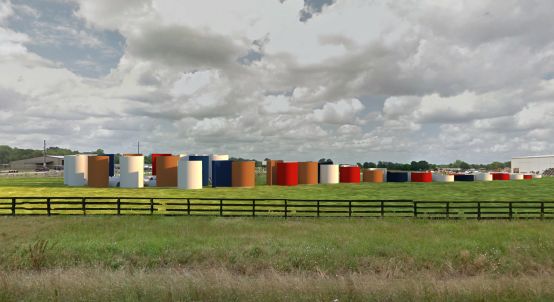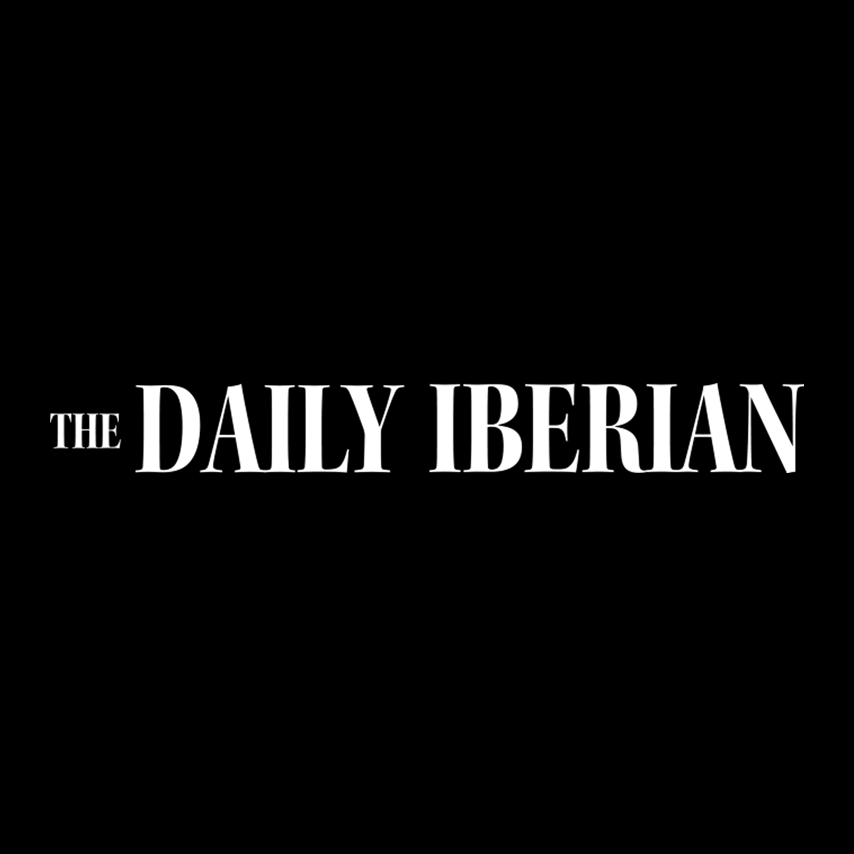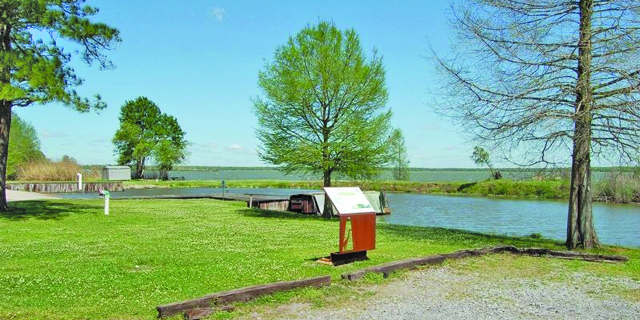Creative Placemaking
Published 7:00 am Friday, February 15, 2019

- Screen Shot 2019-01-30 at 10.37.06 AM.png
The concept of Louisiana as a cultural and creative hotspot is nothing new. However, the folks down in St. Landry Parish have found new ways to capitalize on those assets through the use of strategic processes they call creative placemaking. Kicked off with the use of local arts and culture and then organically grown through community collaboration, creative placemaking is all about finding new means of economic development through community enhancement projects, the first of which is officially underway in Arnaudville.
Although this endeavor is just beginning to take form, the St. Landry Creative Placemaking Task Force has been working towards this point for the last couple of years and will be the first of three placemaking projects in the area. The hope is that this regional effort between three towns located along the Corridor Des Arts, a designation that joins different cultural districts along LA 93, will act as an economic driver to enhance growth and tourism in the area. Bill Rodier, the Executive Director of St. Landry Economic Development as well as the leader of the Creative Placemaking Task Force, explains, “The whole idea is that people will have another reason to come here to look at something that’s unique to the economy, really complementary of the culture and hopefully piggybacks on other things so they wont just come to visit for a couple of hours. Maybe they’ll have enough activities to keep for them for a day or overnight.”
Trending
The Arnaudville project, also nicknamed the “Hanging Gardens Project,” began to form after Rodier and George Marks, the Executive Director of Nunu’s Arts and Culture Collective, approached the owner of Design Precast and Pipe, Inc. about the possibility of an art installation across the front of their Hwy 93 location to enhance and beautify the property. “Design Precast manufactures concrete pipes and culverts,” explains Rodier. “It looks like a big construction yard, so it doesn’t really fit what a cultural economy piece would be.” Chris Fore, the Vice President of the company, was fully on board with the idea. “The owner sees value in the culture and wants to contribute to being a part of it,” commends Rodier. “Not every company would agree to participate in something like this but they were absolutely on board with enhancing the area and being a part of this.”
With their consent, the Task Force moved forward and issued a call to artists to 14 university art departments. Primary requirements for project proposals were sustainability, partnerships with other community organizations as well as the use of recycled materials, specifically that of defective concrete pipe and culverts produced at the plant. When explaining the criteria, Rodier states, “We really looked at how we could blend some of their traditional manufacturing projects in to some of the uniqueness of the culture and came to the conclusion that if we took the defective pipe and utilized it then we could find a way to blend art and culture into a placemaking asset.”
A selection committee was convened and a design submitted by three New Orleans art and design students was chosen as the winner. Kori Doran and Léa Grzywacz, third year design students of Loyola University, as well as Jeremy Baudy, third year architecture student of Tulane University, were shocked to discover theirs had been chosen as the winning design. Grzywacz comments, “I think we were so surprised because we had really high expectations of whoever else was participating and we worked really hard on getting the final renderings. We really wanted to do this well, so it was a good feeling.” Jaqui Cochran, Communications Director at Nunu’s and member of the Creative Placemaking Task Force confirmed their enthusiasm surrounding the selection. “It was reviewed by the judges and selected for its merit. It not only met the criteria, but it exceeded them and the owner is very pleased with it,” she states.
The designers were intentional in their efforts to create a space that would not only be aesthetically pleasing but also provide an interactive experience for the public. Baudy explains, “We were going through different types of design ideas and then decided to really bring three aspects together: a landscape element, a pathway element and the overall concept, which was a maze that incorporated the culverts.” Doran adds, “I think it’s also important to know we were trying to make something for the community to enjoy and make things that are otherwise unpleasant to look at into something fun and beautiful.”
Although work on the installation, funded by Design Precast and Pipe, is not set to begin for another couple of months, Rodier is excited they are finally taking steps in the right direction. “I’m hopeful this is only the first step of a project,” he says. “Setting up the pipe in that art design is really the first stage of the process and then, I believe, the project will grow from there.” The growth to which he is referring is what Cochran explains to be the process of placemaking itself. “Yes, it’s kicked off with the artistic perspective, but as the execution of it takes place it might shift and that’s the placemaking part of it. The process, not the result, is the placemaking part.” She adds, “So, even though the installation goes in, there is much more to it. It can grown and become something even more.”
The Arnaudville project will be no different as members of the Task Force anticipate additional community partnerships will change the installment over time. The use of native plants and agriculture will enhance the property and the incorporation of educational signage in both French and English will add an extra cultural quality. A bike trail through the property is also being discussed, but has not yet been decided upon.
Trending
Project leaders are especially excited about the prospect of involving local school-age children to design and paint murals on the concrete culverts. “I think we’re going to be able to bring in a lot of young people to participate in the design of murals. Keeping young people engaged is a big part of our culture as well as the future of our culture and I think this is just one of those ways we’ve been given an opportunity to do that,” Rodier states. “The three very bright young people that put this design together did a great job and, overall, I’m just hoping it creates such a unique piece in an art form for an area that’s really blossoming, a cultural arts area, and that it brings people in from across the state.”





